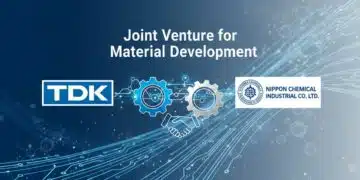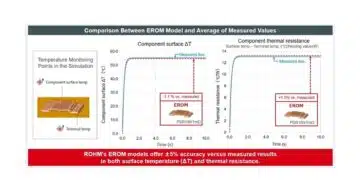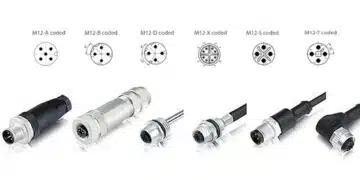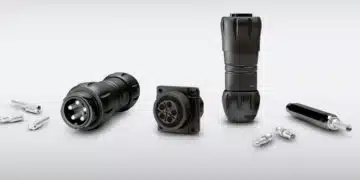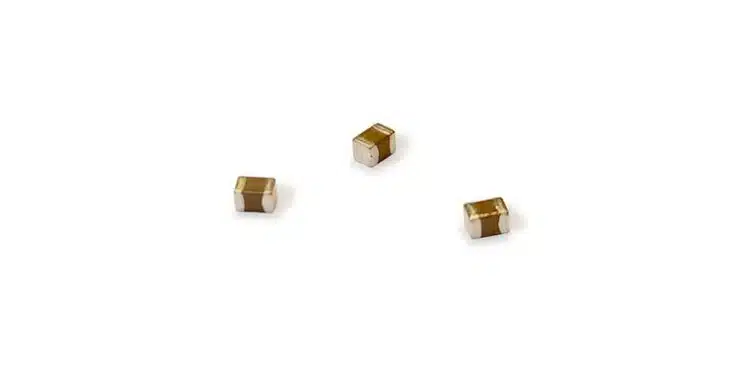Samsung Electro-Mechanics has developed the world’s first 0805 inch, X6S, 22uF, 25V MLCC ceramic capacitors. This product meets all specifications required for the latest memory systems while providing high reliability.
High-speed interfaces are essential for processing large amounts of data and executing computations. PCIe-based high-performance devices, like AI accelerator, require high power and stable voltage delivery.
This demand is increasing the need for miniature, high-capacitance, high-temperature MLCC.
High-performance AI accelerators, which consume approximately 500W of power, are prone to ripple voltage as power consumption increases. High-capacitance products play a crucial role in reducing these voltage fluctuations and ensuring stable power supply.
As power consumption rises, so does the current flowing, generating heat and necessitating components that can withstand high temperature.
AI accelerators usually operate on a standard 12V power input, creating a need for 25V-rated MLCC. To meet these requirements, 22uF 25V X6S MLCC, which offers higher capacitance compared to the previous 10uF MLCC, has been developed.
Application Example – 25V MLCC Solution for Memory Voltage Regulators with DDR5 Adoption
The shift from DDR4 to DDR5 has brought significant changes to power architecture. DDR5 offers higher bandwidth and improved power efficiency compared to its predecessor, featuring a redesign that moves the voltage regulator (VR) to the inner part of the mainboard.
In DDR4 system, the SMPS (Switching Mode Power Supply) receives 12V, which is then stepped down to 1.1V by the VR to power the memory module. Consequently, the required rated voltage for the MLCC was typically in the range of 4V to 6.3V. However, in DDR5, the 12V output from the SMPS is supplied directly to the VR, leading to an increased rated voltage requirement of 25V for the MLCC. This change in voltage not only impacts power design but also serves as a key factor in the changes of MLCC specification.




